





Drupal commerce to Oscommerce
Migrating your store from Drupal commerce to Oscommerce might seem daunting, but with proper planning and the right tools, it's a smooth process. Follow this step-by-step guide to ensure a successful transition.
Schedule a call
Step-by-Step Migration Guide: Drupal Commerce to osCommerce migration guide
Step 1: Preparing Your Environment
In this initial step, we focus on setting the stage for a successful migration from Drupal Commerce to osCommerce. This includes assessing your existing setup, ensuring you have the necessary backups, and preparing your osCommerce environment.
Step 2: Data Export from Drupal Commerce
This step involves exporting all relevant data from your Drupal Commerce store, including products, customers, and order history, ensuring a seamless transition to your osCommerce environment.
Step 3: Data Preparation for osCommerce
In this step, we focus on transforming and sanitizing the exported data from Drupal Commerce to ensure compatibility with osCommerce’s data structure and requirements.
Step 4: Importing Data to osCommerce
This step involves importing the prepared data into your osCommerce store, ensuring that all products, customers, and orders are accurately reflected in the new environment.
Step 5: Configuring osCommerce Settings
After the data import, this step focuses on configuring your osCommerce store settings, including payment methods, shipping options, and other essential configurations.
Step 6: Testing Your osCommerce Store
In this step, we focus on thoroughly testing your newly configured osCommerce store to ensure all features function correctly and provide an optimal user experience.
Power Your Step - Get in Touch
Ready to migrate your store? Contact PowerCommerce for expert support in your ecommerce platform transition today!
Step 1: Preparing Your Environment
Preparing for a smooth migration from Drupal Commerce to osCommerce is crucial to ensure that your data is transferred accurately and your new store functions effectively. In this step, we will lay the groundwork by reviewing your existing Drupal Commerce setup and making sure that your osCommerce environment is fully prepared for the incoming data.
First, we need to perform a thorough audit of your current store. This involves assessing your product catalog, customer base, and order history. Identify which data is essential for the migration and which can be discarded. This process helps to streamline the migration, ensuring that only relevant and necessary information is transferred to the new platform.
- Backup Your Data: Create backups of your current Drupal Commerce database, including all relevant tables such as products, customers, orders, and settings. Use tools like phpMyAdmin to export your database.
- Set Up Your osCommerce Environment: Ensure that your osCommerce installation is up and running. Verify that the server meets the requirements for osCommerce and that you have access to the admin panel.
- Install Necessary Modules: Depending on your needs, install any additional osCommerce modules that will enhance functionality post-migration, such as payment gateways and shipping modules.
- Check Compatibility: Review any compatibility issues that may arise from migrating specific data types, especially custom fields or attributes that may not directly translate to osCommerce.
By completing this preparatory work, we ensure a more organized migration process, reducing the risk of data loss or functionality issues in your new osCommerce store.
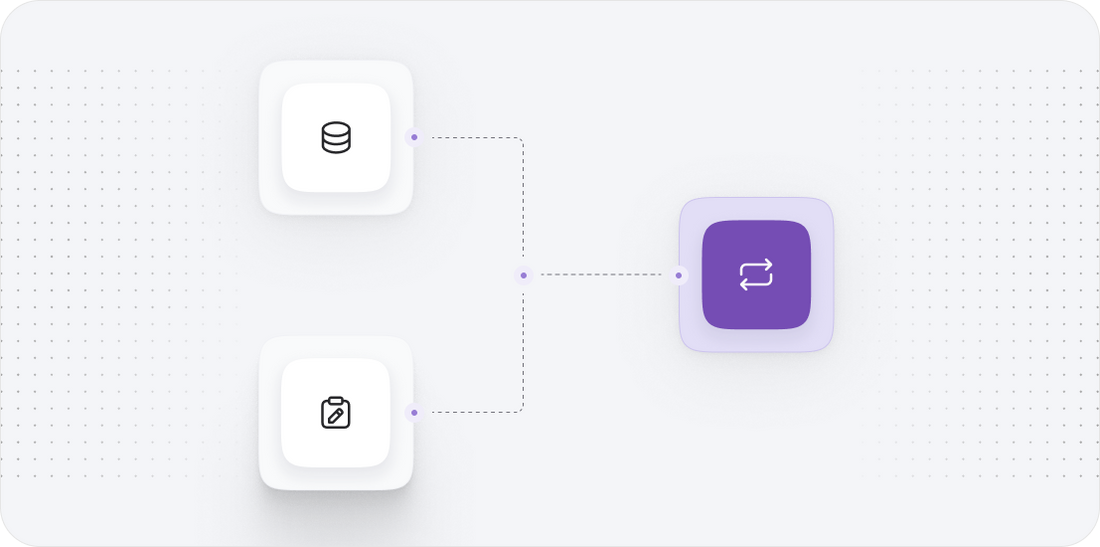
Step 2: Data Export from Drupal Commerce
To successfully migrate your store, we must first extract all relevant data from your existing Drupal Commerce setup. This data includes products, customer information, orders, and any additional settings you want to transfer. The integrity of this data is vital, so we will proceed with care.
Begin by logging into your Drupal Commerce admin area, and follow these steps:
- Export Products: Navigate to the product management section and export all product data. This should include product names, SKUs, descriptions, prices, stock status, images, and categories. Use the export functionality available or a module if necessary.
- Export Customers: Similarly, export your customer data, which should contain names, email addresses, billing and shipping addresses, and any other relevant information.
- Export Orders: Export your order history, making sure to include details such as order status, products purchased, customer information, and transaction amounts.
- Export Any Custom Settings: If you have custom fields or settings, document these carefully and export them if possible, as you will need to recreate these in osCommerce.
Once you have exported all necessary data, it is critical to review the exported files for accuracy. Make sure that all data is complete and correctly formatted for osCommerce. This will help eliminate any potential issues during the import process.

Step 3: Data Preparation for osCommerce
With your data exported from Drupal Commerce, the next critical step is to prepare this data for import into osCommerce. This preparation process involves transforming the data into a format that osCommerce can easily understand and use.
Start by analyzing the structure of the exported data and compare it with the data schema required by osCommerce. Here’s how to proceed:
- Standardize Data Formats: Ensure that all data types match those expected by osCommerce. This includes date formats, currency symbols, and numerical values.
- Clean Up Data: Remove any unnecessary or redundant data entries. For example, if there are products that are no longer available or customers who have opted out, these should be excluded to prevent clutter.
- Map Product Categories: Ensure that the category structure in osCommerce corresponds correctly to that of Drupal Commerce. Create a mapping document that outlines which categories in Drupal Commerce translate to which categories in osCommerce.
- Prepare Images: If your product images are stored in a particular location, verify that they are accessible and ready to be uploaded to osCommerce. Rename files if necessary to match any naming conventions in osCommerce.
By meticulously preparing your data, we minimize the risk of errors during the import process and ensure a smoother transition to your new platform.
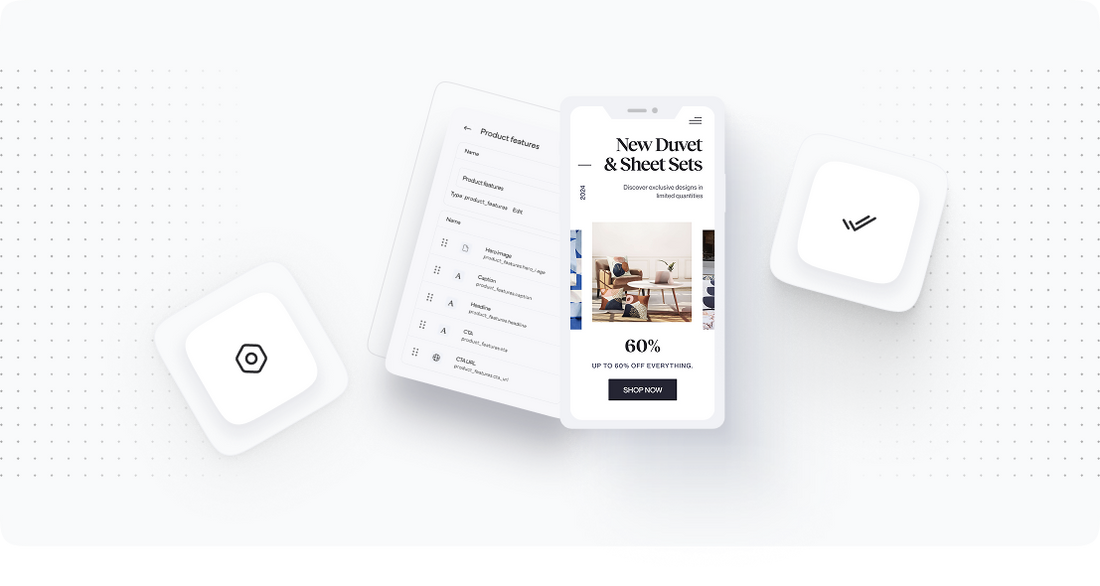
Step 4: Importing Data to osCommerce
With your data cleaned and formatted, we can now proceed to import it into your osCommerce store. This is a significant step in the migration process, as it requires careful attention to ensure that all data is accurately reflected in the new environment.
Follow these detailed steps to import your data:
- Access the osCommerce Admin Panel: Log into your osCommerce admin area and navigate to the import section. Depending on your setup, you might need to install specific import modules for better functionality.
- Import Products: Start by importing the product data. Use the osCommerce import tool to upload your product CSV or XML file. Ensure that all mandatory fields, such as product name, SKU, and price, are included.
- Import Customers: Next, import your customer data. This typically involves uploading a separate file containing customer details. Again, ensure that all required fields are populated.
- Import Orders: After importing products and customers, proceed with the order data. This step may be more complex as it often involves linking orders to the respective customers and products.
- Verify Import Success: Check the import logs for any errors or warnings. It's essential to fix any issues that arise before proceeding to the next step.
Completing this import process accurately is crucial to maintaining customer relationships and ensuring smooth operations in your new osCommerce store.
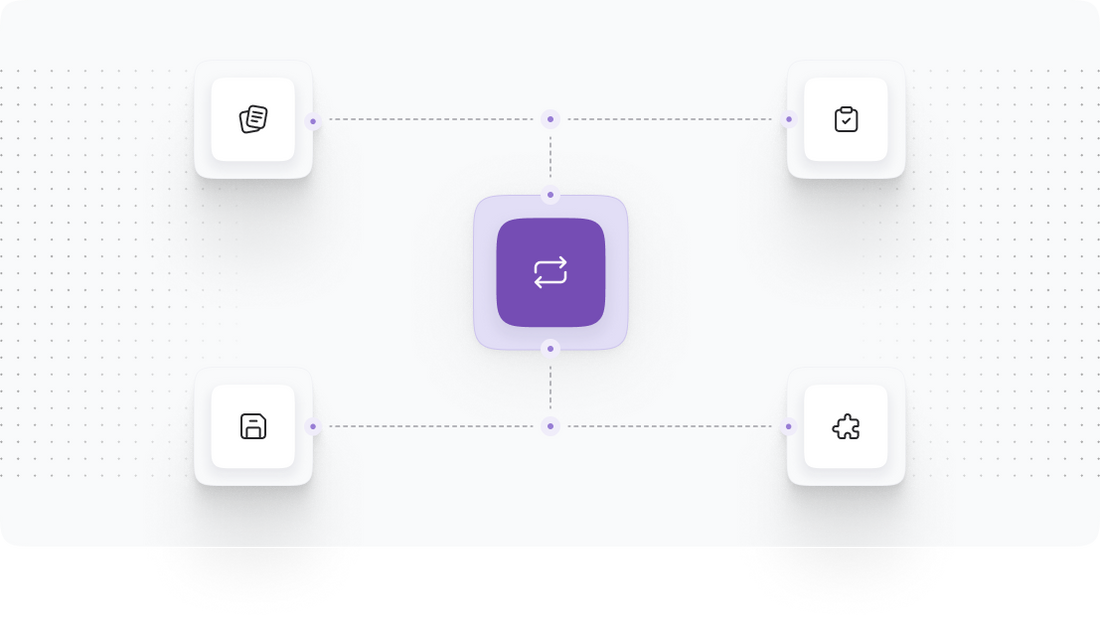
Step 5: Configuring osCommerce Settings
With your data successfully imported into osCommerce, it's time to configure the essential settings to ensure that your store operates smoothly and effectively. This step is vital in establishing how your store interacts with customers and processes transactions.
Begin by accessing the settings section within the osCommerce admin panel and follow these guidelines:
- Set Up Payment Methods: Choose and configure your preferred payment gateways. osCommerce supports various payment options, so ensure that you enable those that best fit your business needs. Test each payment method to confirm functionality.
- Configure Shipping Options: Determine your shipping methods and set up associated costs. This includes defining shipping zones, rates, and any handling fees. Ensure that customers can easily select their preferred shipping during checkout.
- Review Tax Settings: Set up tax rates according to your local regulations. osCommerce allows for the configuration of different tax rates based on product categories and customer locations.
- Customize Checkout Flow: Tailor the checkout process to enhance user experience. Consider enabling guest checkout or simplifying forms to reduce cart abandonment rates.
Carefully configuring these settings is essential for providing a seamless shopping experience and ensuring that your store operates efficiently post-migration.
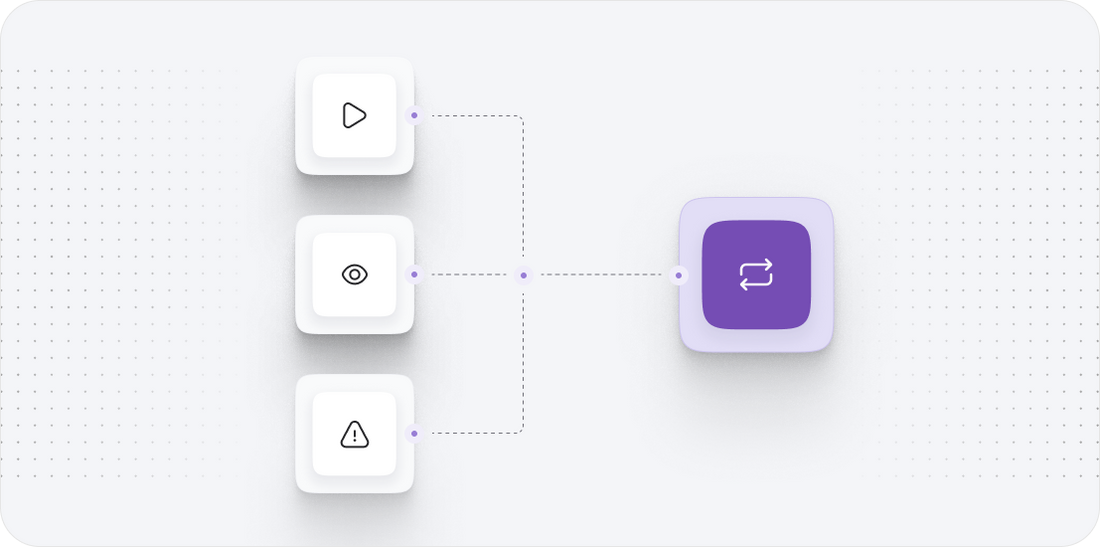
Step 6: Testing Your osCommerce Store
Before launching your osCommerce store publicly, it is essential to perform comprehensive testing to identify any issues and ensure that everything functions as expected. This testing phase is critical to avoid potential problems that could affect customer experience and operations.
Follow these steps to conduct thorough testing:
- Test Product Pages: Navigate through various product pages to ensure that images, descriptions, and prices display correctly. Check for broken links or missing information.
- Simulate Orders: Place test orders using different payment methods and shipping options. Verify that the orders process correctly and that customers receive confirmation emails.
- Check User Accounts: If you’ve imported customer accounts, test the login functionality and ensure that all customer information is accessible and correct.
- Review Checkout Process: Go through the entire checkout process from cart to payment to ensure that it is smooth and intuitive. Look for any areas that may cause confusion.
- Analyze Performance: Test the speed and performance of your store. Use tools to assess loading times and responsiveness to ensure a positive user experience.
By conducting these tests, we can identify any issues early and address them proactively, ensuring a successful launch of your osCommerce store.
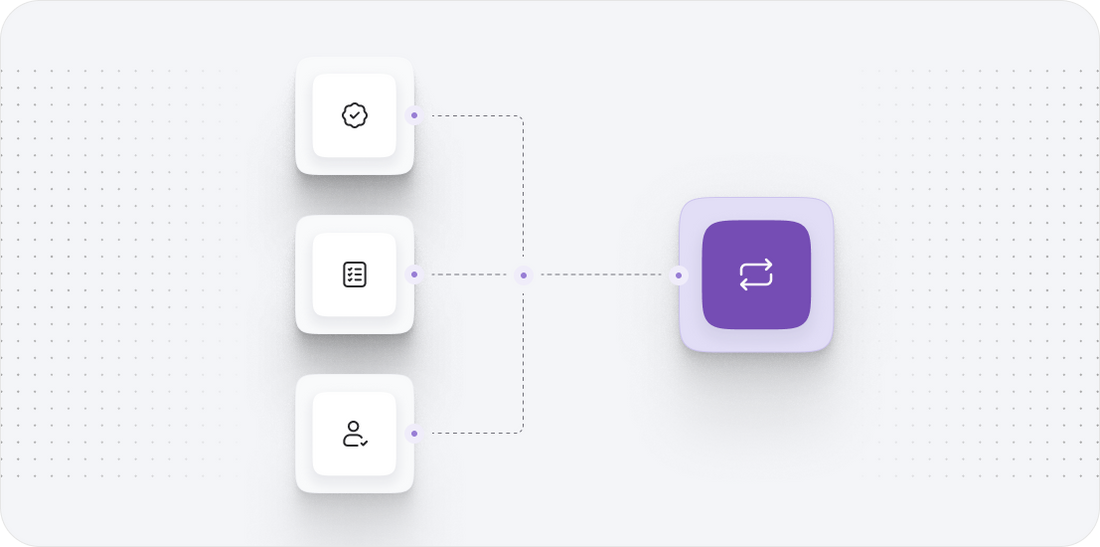
Power Your Step - Get in Touch
At PowerCommerce, we understand that migrating your ecommerce platform can be a daunting task. Our team of experts is here to ensure that your transition from Drupal Commerce to osCommerce is seamless, efficient, and tailored to your business needs.
Don’t hesitate to reach out to us for a risk-free consultation. Here’s how you can get in touch:
- Visit our contact page: Contact Us
- Call us directly at 800-099-9090
- Email us at info@powercommerce.com
Our team is committed to delivering innovative, scalable, and customer-centric solutions that enhance your ecommerce operations. Let’s work together to power your ecommerce success!

Stay aligned on what's happening in the commerce world
Trusted by 1000+ innovative companies worldwide
Schedule Your Migration Today
For businesses prioritizing simplicity, scalability, and robust support, Shopify is the clear winner.
Looking to migrate without hassle? Power Commerce can handle the entire process, ensuring smooth data transfer, store setup, and post-launch success.
Marka Marulića 2, Sarajevo, 71000 BiH
00387 60 345 5801
info@powercommerce.com


